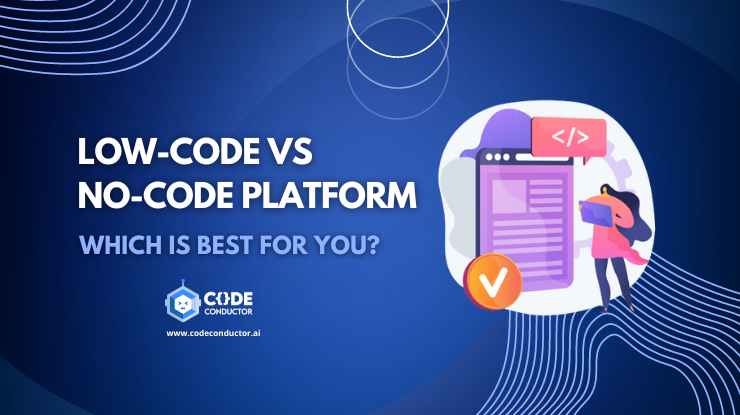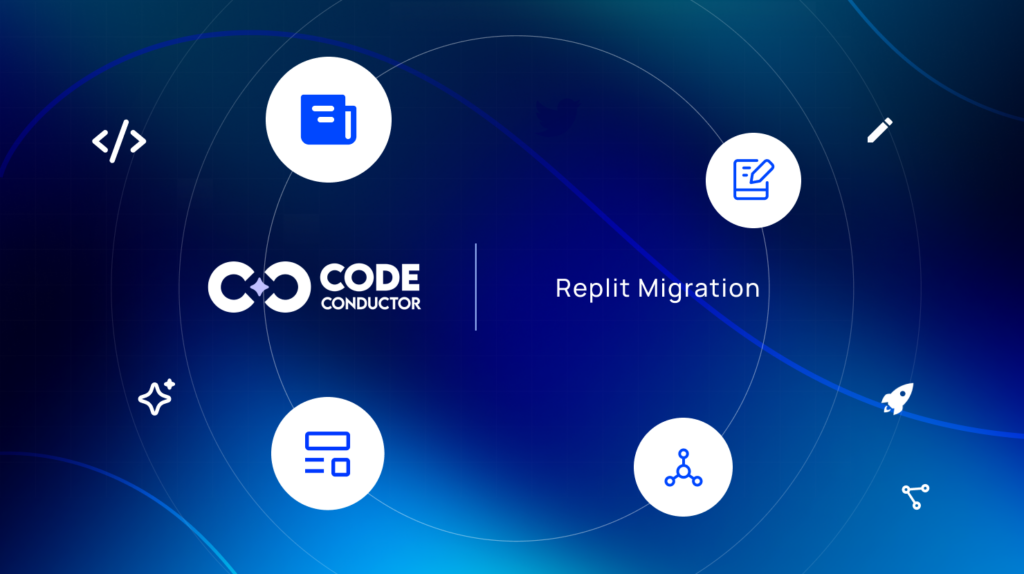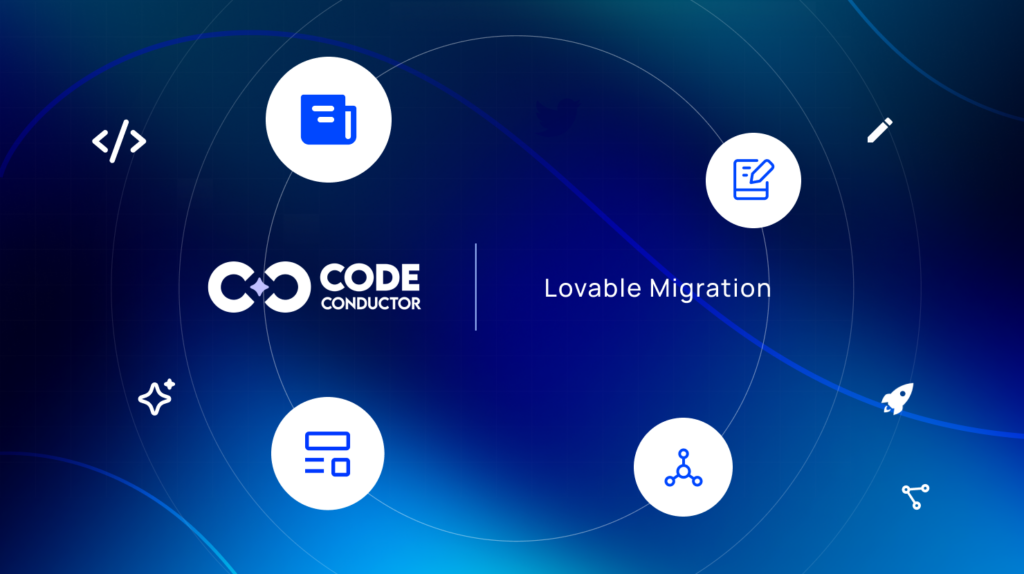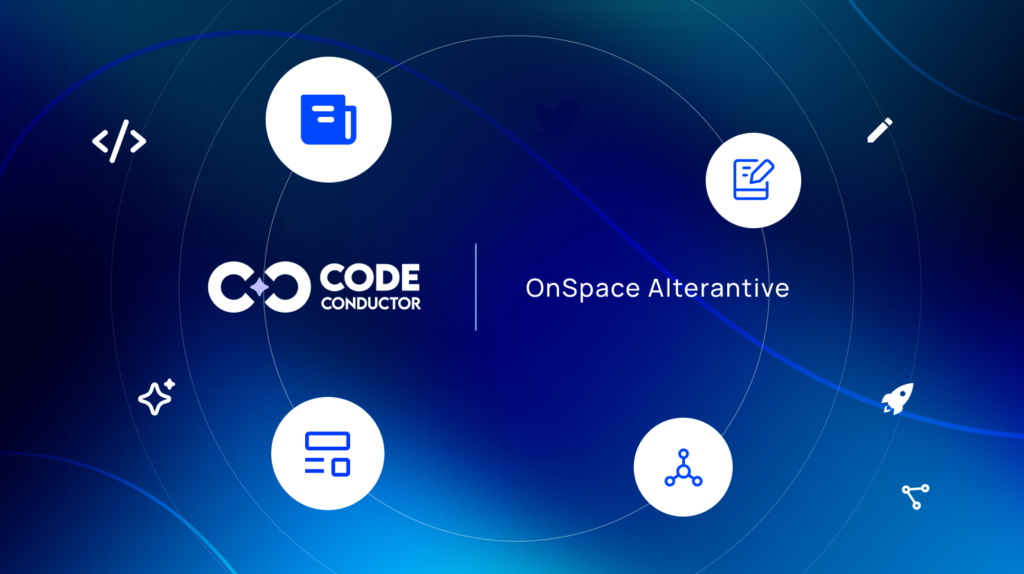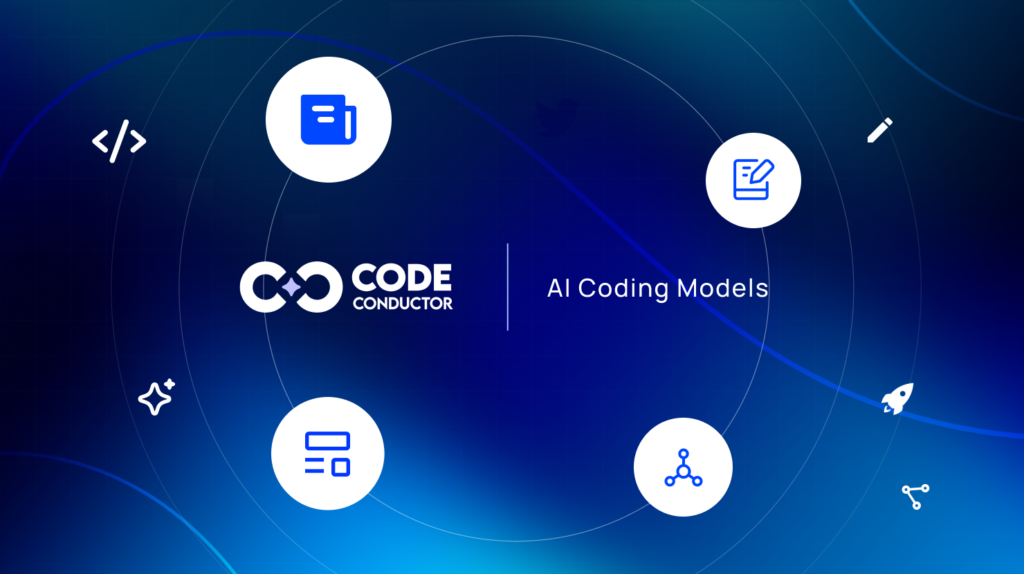Low-Code vs No-Code Platform Comparison 2024
Agility and innovation are paramount in the current business landscape where small businessmen and entrepreneurs find themselves at a crossroads: embracing the power of technology to fuel their growth while grappling with limited resources and technical expertise.
In this dilemma toward digital transformation, two powerful contenders have emerged to revolutionize the development process and i.e., Low-Code and No-Code platforms.
Businessmen often think that if they know how to code, they can develop their websites, and apps on their own and bring their vision into reality.
Do you also think so? No need to worry at all. With the evolution of low-code or no-code platforms, the dream of developing websites on its own becomes true for a layman – A gateway to innovation. It empowers you to turn your entrepreneurial visions into reality, regardless of your technical background.
In this exploration of Low-Code vs. No-Code, we embark on a journey to uncover the ideal fit for your unique aspirations, enabling you to seize control of your digital destiny and propel your business forward with unmatched speed and creativity.
In This Post
- Low-Code vs No-Code Platform Comparison 2024
- What is the Low-Code Platform?
- What is the No-Code Platform?
- Low-code vs. No-code: The Similarities
- How Do Low-Code And No-Code Platforms Work?
- Low-code vs. No-code: Zooming in on the Main Differences
- Examples of Low-Code And No-Code Platforms
- Things To Consider Before Choosing Low-Code or No-Code
- Which Platform is Best for Me: Low-Code or No-Code platform?
- Is CodeConductor a Low-Code or No-Code?
- Conclusion
What is the Low-Code Platform?
A low-code platform is a development environment that allows users to create applications with minimal manual coding efforts. As the name implies, “low-code” indicates the reduced reliance on extensive coding skills.
It provides a visual interface, pre-built components, and templates that simplify the development process. While some coding may be involved, the emphasis is on reducing the amount of custom code required.
Low-code platforms are ideal for individuals with basic coding skills who want to expedite the development process and focus more on the functionality and user experience of the application.
What is the No-Code Platform?
While a no-code platform takes the concept of simplified development a step further. This No-code revolution for small businesses eliminates the need for any coding skills, streamlining the development process even more.
No-code tools provide a visual interface and a set of predefined building blocks that users can simply drag-and-drop to create their desired applications or websites.
You will be amazed to know that achieving development targets using no-code methods typically takes 40% to 60% less time compared to traditional approaches. This makes no-code platforms an excellent choice for individuals with little to no coding knowledge who want to create sophisticated digital products.
Low-code vs. No-code: The Similarities
Before we delve into the difference between no-code and low-code platforms, let’s acknowledge their similarities.
The most significant likeness is the elimination of coding. In the case of no code, the absence of coding in the process is a key feature.
On the other hand, low-code platforms significantly reduce the amount of manual coding required.
Both approaches democratize website & app development by allowing individuals with varying levels of technical expertise to participate actively in the creation process.
How Do Low-Code And No-Code Platforms Work?
As we all know that traditional app development needs skilled coders and often involves waiting for IT departments to create or update apps.
However, low-code and no-code (LCNC) platforms make apps with models and visuals, not just code. They’re for people who know their business but not coding.
Steps to Get Started with Low-Code/No-Code Application Development?
-
- Define Needs: Know what you want your app/ website to do and who are its end users.
- Draw Workflow: Use special tools to plan how the app will work. Create flowcharts and other graphs to communicate the workflow. Break workflows into smaller parts to provide more clarity.
- Test and Launch: The platform handles complex parts. IT tests, tweaks, and deploys the app.
Low-code vs. No-code: Zooming in on the Main Differences
The main difference between low-code vs no-code platforms lies in the utilization of coding during development. Low Code minimizes the coding whereas no code platform eliminates the coding into app and website development. Let’s get into it more briefly.
| Aspect | Low-Code Platform | No-Code Platform |
|---|---|---|
| Coding Involvement | Requires intermediate coding skills | No coding skills required |
| Flexibility | More customizable than no-code solutions | Limited customization |
| Development Time | Longer development compared to no-code | Rapid development |
| Complexity | Involves coding logic and customization | Simplified, modular approach |
| User Base | Developers with some coding experience | Non-developers, business users |
| Integration | Strong integration capabilities with external systems | Limited integration options, typically more streamlined |
Examples of Low-Code And No-Code Platforms
Examples often paint the clearest picture. Here are instances where both approaches shine:
- Low-Code Example: A developer utilizes a low-code platform to craft a custom ecommerce website, incorporating specific payment gateways and intricate user interactions. The developer capitalizes on pre-built components to expedite the process. Some of the low-code platforms that a developer may use in this scenario are OutSystems, Mendix, Appian, and Microsoft PowerApps.
- No-Code Example:An entrepreneur with a novel business idea employs a no-code platform to swiftly create a prototype for a mobile app. The platform’s intuitive tools enable the entrepreneur to design the app’s layout, integrate essential features, and showcase their vision without writing a single line of code. When it comes to the top no-code software, CodeConductor, Wix, Bubble, Appy Pie, Glide, and Webflow are some of the popular names you can trust.
Things To Consider Before Choosing Low-Code or No-Code
Before you leap into the world of low-code or no-code, consider these factors:
- Coding Proficiency: Assess your coding skills and comfort level. Are you willing to delve into coding logic, or would you prefer a code-free experience?
- Customization: How much customization do you require for your low or no-code apps? Low-code platforms might offer more tailored solutions.
- Project Complexity: Is your project intricate and multifaceted? Low code might be more suitable. For simpler projects, no code might suffice.
- Development Speed: Do you have time constraints? No-code platforms often lead to quicker development cycles.
- Long-term Goals: Consider the scalability and adaptability of your chosen platform as your project evolves.
Also, check our guide on factors to choose the right no-code platforms to get more overview.
Which Platform is Best for Me: Low-Code or No-Code platform?
Now comes the pivotal question: which path aligns with your aspirations? If you’re a developer seeking fine-grained control and customized solutions, the low-code route might be your calling.
On the other hand, if you’re a visionary with a minimal coding background, the no-code highway could be your expressway to digital realization.
But, it doesn’t mean that a developer can’t use no-code website builders or platforms… It’s a bonanza for developers to boost their creativity to a higher level without investing much time and effort.
There are also many no-code builders with pre-built templates to deliver a large number of projects in a short time and earn a handsome amount of money
Is CodeConductor a Low-Code or No-Code?
At CodeConductor, we understand that every journey is unique. We bring you a fusion of low-code and no-code capabilities, tailored to cater to your individual needs.
Our platform combines the flexibility of low code with the simplicity of no code, offering you a versatile toolkit that bridges the gap between coding experts and non-developers.
CodeConductor, an AI software development platform allows you to create websites, apps, dashboards, SaaS platforms, etc that serve your vision—all without being restricted to a drag-and-drop interface.
With our AI-powered platform, crafting digital products that resonate with your identity becomes an intuitive experience. With just a single line of text, our AI-driven engine springs into action. It’s like magic with your words, and watching as your concept takes shape before your eyes.
Conclusion
All-in-all, we can say that low-code and no-code platforms offer different ways to develop applications and by embracing these platforms, you’re not just eliminating coding; you’re unlocking the door to a world where creativity knows no bounds. Now, armed with knowledge, take the plunge and embark on a journey that transforms ideas into digital realities.
Book A Free Demo For CodeConductor.AI

Founder CodeConductor

